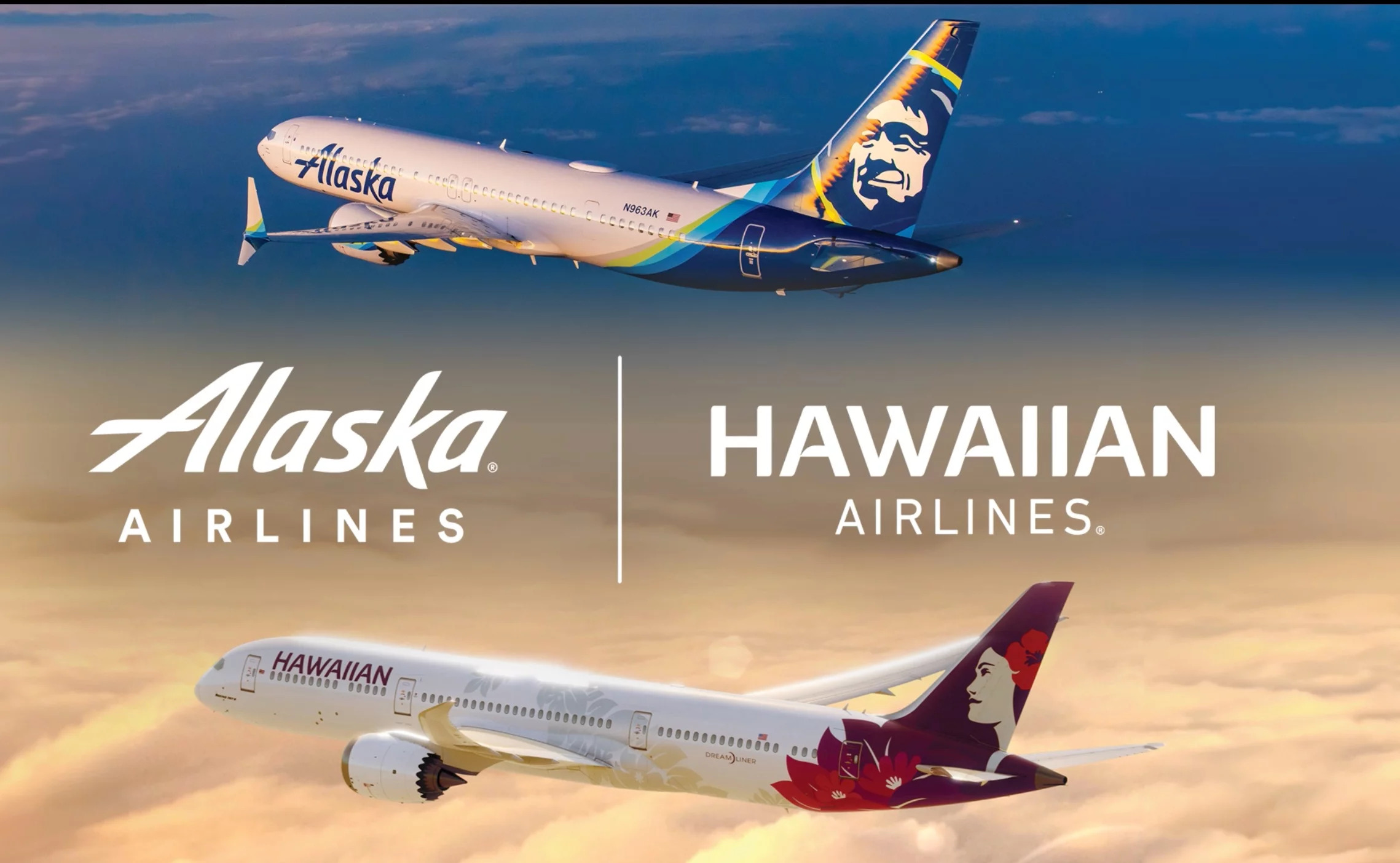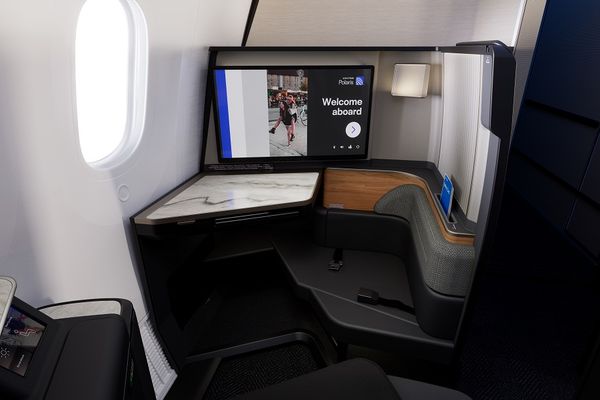Hawaiian Airlines shareholders voted to approve the merger with Alaska Airlines on February 16. Although the deal remains subject to regulatory approvals, it is expected to be completed between 12 to 18 months. Hawaiian Airlines CEO Peter Ingram claims the merger "will bring stronger competition to the U.S. airline industry, deliver more value to [their] guests and the communities [they] serve, and provide greater job opportunities for [their] employees."
Under the merger, Alaska Airlines will acquire Hawaiian Airlines for $1.9 billion. This is broken down to an acquisition of $18 per share, which includes $900 million of Hawaiian's net debt. Ingram noted that "stockholder approval of [their] transaction with Alaska [was] an important milestone."

Hawaiian's Struggle
Hawaiian was ranked as the fifth-best airline for on-time performance in 2022, breaking an 18-year streak of being in first place in the category. The airline's system upgrades recently caused significant meltdowns, leading to many delayed flights and stranded customers. According to aviation analyst Peter Forman, "Alaska will come in and will fix the things that are broken and maintain the things that are right," which includes keeping the Hawaiian brand separate from Alaska.
Besides Hawaiian's system upgrade mishap, the airline faces two other significant issues: increased competition from Southwest Airlines and the slow recovery of Asia to Hawaii travel. Before April 2019, Hawaiian Airlines monopolized Hawaii's interisland service, driving average prices up to $150 per flight. However, once Southwest Airlines began flying between the Hawaiian Islands, ticket prices dropped to $40 on average, less than a third of what it used to be.

As for Hawaiian's Asia tourism issue, the slow recovery from COVID-19 has negatively affected the airline's international portfolio. Although Hawaiian flies to Asia, Australia, and other countries within the South Pacific, most of its international flights are to Asian destinations. This affects the airline's revenue from the region, affecting its ability to grow and compete effectively.
Merger Concerns and Impact
Despite operating as two distinct brands, there are still concerns about the Hawaiian-Alaska merger. First, the Department of Justice has filed numerous challenges to merger activity for fear of violating antitrust agreements and harming the consumer. In aviation, JetBlue recently anticipated buying Spirit for $3.8B to become a more effective competitor. Other notable challenges include JetBlue and American breaking up the Northeast alliance and Delta and Aeroméxico being unable to codeshare each other's flights. Hawaiian and Alaska may suffer the same fate as other airlines and partnerships have.

Another concern is that there may be redundancies in the acquisition. However, Peter Forman believes Alaska and Hawaiian will complement each other's strengths. Alaska's specialization in domestic flights and Hawaiian's specialization in long-haul international flights will allow both airlines to take advantage of each other's route networks.
The proposed merger will benefit customers by allowing them to experience two high-quality flight products. Additionally, passengers can fly between the U.S. and the Asia Pacific region with easy one-stop connections.
EasyJet Airbus A320 Emergency Landing at Lamezia Terme » Qatar Airways Cargo to Re-Center Operations at Doha International Airport » Nearly 500 Flights Cancelled Following Venezuela Attack, Caribbean Airspace Closure »
Comments (0)
Add Your Comment
SHARE
TAGS
NEWS Hawaiian Airlines Alaska Airlines Hawaii Alaska Merger Mergers and Acquisitions FinanceRECENTLY PUBLISHED
 This Week in Aviation: The 10 Stories That Mattered Most
From major airline developments to aircraft updates and industry shifts, this weekly recap highlights the ten most-read aviation stories from the week of December 28.
INFORMATIONAL
READ MORE »
This Week in Aviation: The 10 Stories That Mattered Most
From major airline developments to aircraft updates and industry shifts, this weekly recap highlights the ten most-read aviation stories from the week of December 28.
INFORMATIONAL
READ MORE »
 Nearly 500 Flights Cancelled Following Venezuela Attack, Caribbean Airspace Closure
Hundreds of flights have been cancelled this morning after an overnight U.S. military attack in Venezuela left airspace in much of the Caribbean closed.
NEWS
READ MORE »
Nearly 500 Flights Cancelled Following Venezuela Attack, Caribbean Airspace Closure
Hundreds of flights have been cancelled this morning after an overnight U.S. military attack in Venezuela left airspace in much of the Caribbean closed.
NEWS
READ MORE »
 Why Airline Class Wars Will Intensify in 2026
The "Class War" of 2026 is no longer just about legroom; it is a calculated, multi-billion-dollar strategic pivot by Original Equipment Manufacturers (OEMs) and carriers to capture a "splurge-ready" traveller base that is increasingly opting for "one big trip" over frequent, low-cost hops.
INFORMATIONAL
READ MORE »
Why Airline Class Wars Will Intensify in 2026
The "Class War" of 2026 is no longer just about legroom; it is a calculated, multi-billion-dollar strategic pivot by Original Equipment Manufacturers (OEMs) and carriers to capture a "splurge-ready" traveller base that is increasingly opting for "one big trip" over frequent, low-cost hops.
INFORMATIONAL
READ MORE »



